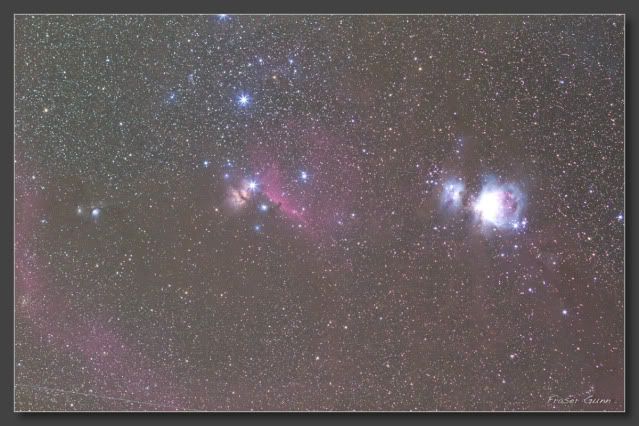
Before even reaching the lake a bend in the road gave us this ridiculous panoramic view of Mount Cook and the surrounding ranges. We parked up and, sitting on top of a sundial as clouds swept over the mountaintops in front of us, we enjoyed a breathtaking breakfast.
Close up, as we found when we arrived in the small village at Tekapo, the scenery is even more incredible. The lake itself is the colour of peppermint creams, milky and almost opaque in appearance thanks to the glacier that formed NZ's second largest lake around 15,000 years ago. On the edge of the lake sits a church that provides perfect views of the sweeping southern edge.
And perching 1,029m above the tiny church on a mountain of the same name is the Mount John Observatory that, by night, offers an internationally almost unrivalled view of the night sky and, by day, is a perfect spot for a bit of lunch. And so there we were; egg-mayo sandwiches in hand, looking at thousands of years worth of mother nature at her finest. Next to Lake Tekapo itself lies Lake Alexandrina – a spring-sourced lake which means it has a “normal” deep blue colour. Seeing the two shades of lake so close to each other – almost the only features in the otherwise baron landscape - is bizarre. It's beautiful.
What could possibly be better than looking out over the lake and seeing the snow-capped Mount Cook in the distance? How about looking out over the lake and seeing the snow-capped Mount Cook in the distance from the comfort of not one but three hot spring pools? That's right my friends, the afternoon was spent lounging, reading and trying to get the best angle on the under-water massage jets of Tekapo's Hot Springs.  They're not naturally occurring springs but my! are they relaxing.
They're not naturally occurring springs but my! are they relaxing.
We dragged ourselves away only briefly to whip up some Indonesian-inspired noodles on a sandy bank of the lake. Here the sun stays high in the sky until around 10pm (madness) so we found a shady spot where the lake mirrored the mountains and completed a day of obscenely scenic dining.
Then it was back to the springs for another dip, a warm shower, and a quick coffee because though it had been a wonderful day it was not going to end there. Oh no! We'd earlier secured two of the last places on the Night Tour of St John's Observatory which started at 23:30.
Now, we've been listening to Bill Bryson's wonderful A short history of nearly everything as an audiobook for a while now so we were already, I would say, more interested in space and cosmology than the average non-astrologer. We are by no means experts or even (what a wonderful term) amateur astrologers but science is fun and we were going up a mountain to get closer to it.
As I mentioned earlier, the weather forecast was “perfect” - no clouds and no wind. This doesn't just make for beautiful days, it means sensational nights. By midnight the moon had disappeared and the milky way (the milky way!) was clearly visible, swirling like a luminescent cloud in the sky above us. In fact most of the sky was alight with starts – I've never seen so many. It was bright, actually bright because all the billions of stars were so visible.
Our guide pointed out a number of stars and constellations and we were able to look at specific constellations and galaxies (that's plural galaxies, not just one, galaxies made of billions of stars that are millions of light years away and we were looking at them!) through a few telescopes. We even got to look through a huge 16inch telescope that sits in it's own 'dome' and view the famous Orion constellation. Through the lens you could clearly see the hydrogen and helium cloud that surrounds the 'belt' part of the constellation that branched out like an icy purple glow from the brightest stars. Even faint starts could be clearly seen and this was very unusual. In the 3 years that our guide had worked there he'd never seen Orion so clearly – the perfect conditions were making for some once-in-a-lifetime viewing.
branched out like an icy purple glow from the brightest stars. Even faint starts could be clearly seen and this was very unusual. In the 3 years that our guide had worked there he'd never seen Orion so clearly – the perfect conditions were making for some once-in-a-lifetime viewing.
Our timing was spot-on on another front too – the even bigger 24inch telescope that is used by real scientists to search for new planets with (they've found 5 so far...5 new planets from where we were standing!) had just that very day become available and we were the first tour group to be allowed to look through it! There is literally no other way to see stars clearer than we did at around 2am. Unbelievable.
It had been a long and insanely special day when we made it back to our lake-side camp site and Rob said to me “this is going to be the best day of the trip, isn't it?” Well...it's certainly going to take some beating.






oh wow how amazing...I am speechless and that's pretty unusual!..................
ReplyDelete